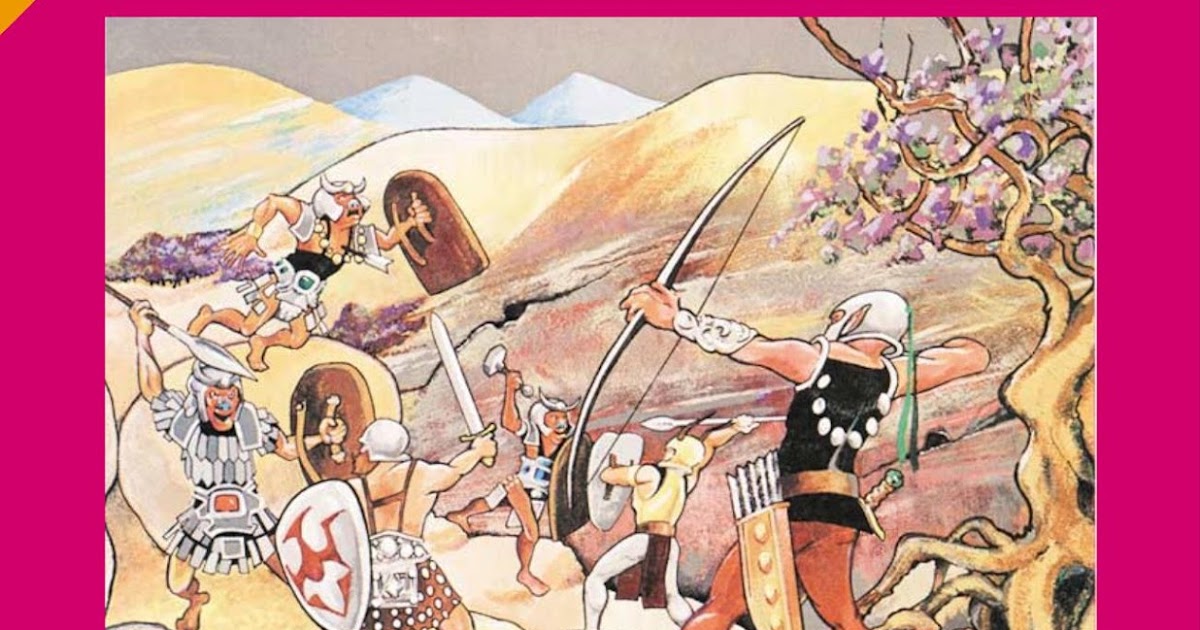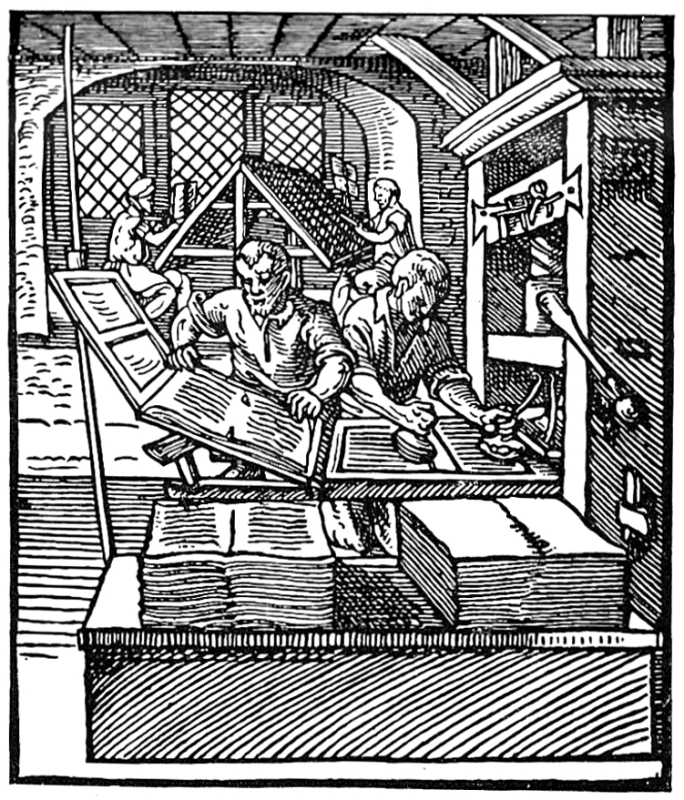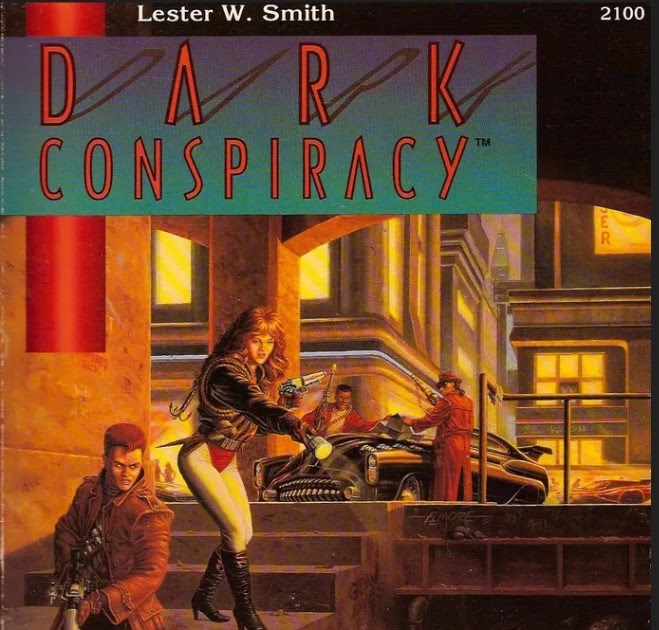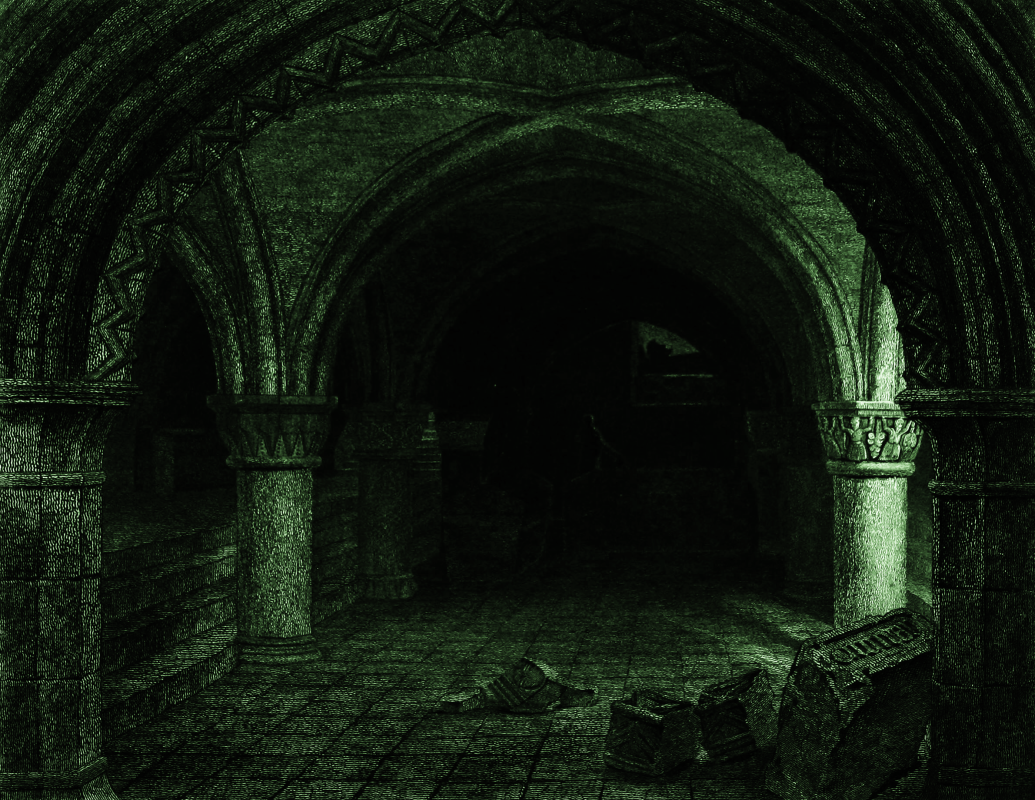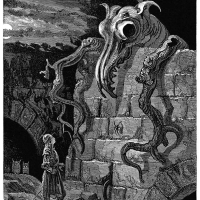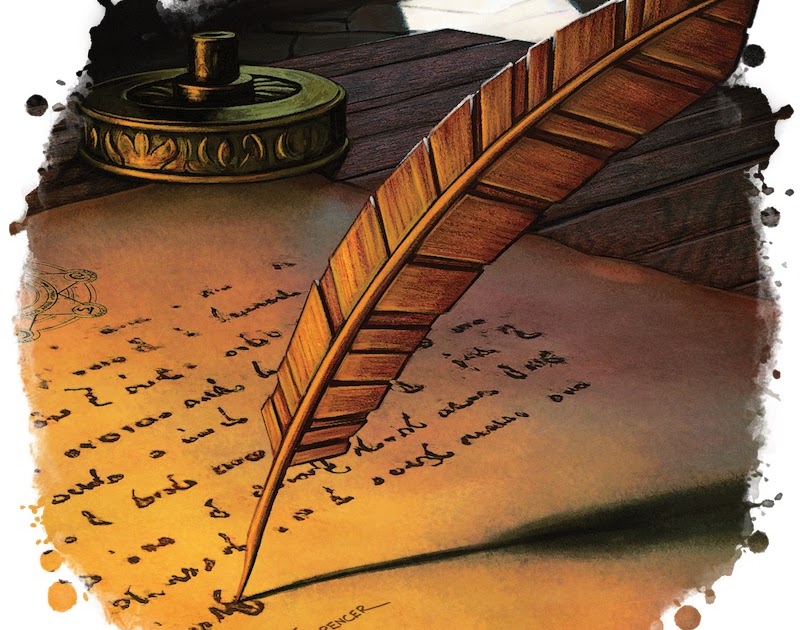SMOOSH JUICE
Off the Shelf
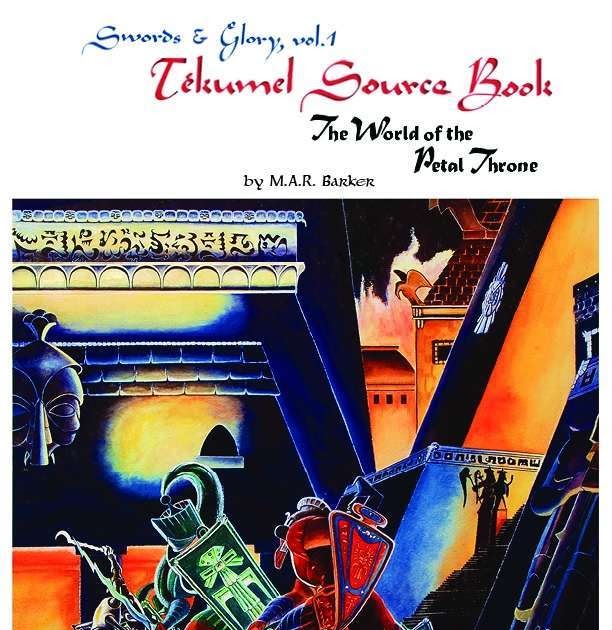
Last week,a reader had some interesting things to say in the comments to my post, “Now Make It YOUR Tékumel” (Part I):
James, I know your Tekumel campaign has been a joy for you and your players, but because there’s this continuous “gap” of not knowing the entire ins and outs of the world, doesn’t it make you just want to go back and run your own campaign worlds you were GM’ing in the past or develop a new one? My own setting may not be as rich as Tekumel, Glorantha, or others, but it is mine and mine alone, and the time I spend developing and learning about it is a far greater satisfaction than using someone else’s secondary world, so to speak.
These are questions that have probably been asked since the appearance of the first published settings for use with roleplaying games and they’re very good ones. They’re especially relevant in the context of old school gaming, which, by and large, tends to valorize “do it yourself” approaches to most aspects of our hobby. As with some many things, I don’t think there’s a “right” answer to these questions. However, I can offer my thoughts on the matter.
Without a doubt, one of the greatest joys I’ve had in this hobby is worldbuilding. I suspect many, if not most, referees first take up that mantle out of a desire to create – to sketch out maps, populate them with grand cities and petty fiefdoms, invent cultures, histories, pantheons, even languages and then watch as players interact with what they’ve created. The creative impulse is a powerful one and indeed central to why I’ve kept up this hobby for more than four decades. Given that, why then would anyone ever choose to use a setting created by someone else rather than make their own? Why play in Glorantha, Tékumel, the Third Imperium, or the Forgotten Realms rather than a world of one’s own devising?
The most obvious answer is this: pre-existing settings can possess virtues all their own. Chief among these benefits is depth. A well-established setting, particularly one with decades of development, represents an accumulation of creativity far beyond what any individual could achieve alone. Consider Tékumel, which is the fruit of a lifetime of imagining (and play!), from which were born details of multiple societies, cultures, languages, etc. The richness of Tékumel, its sense of authenticity and depth, would be difficult, if not impossible, to replicate without investing a similarly long amount of time into developing a new setting.
Of course, one might reasonably argue that that’s precisely the point of creating one’s own setting – to build it up over time through imagination and play. I’m not disputing that and certainly not denigrating the value of it. However, not everyone desires or indeed is even able to devote that much time and effort into building up an imaginary setting in this way. Campaigns, after all, can be fleeting things. Players come and go, life circumstances change, and many referees may not have the luxury of decades to let a world gradually accrete the layers of history, culture, and depth that make a setting feel truly lived-in. There is something to be said for stepping into a world that is already rich with detail, one where the referee doesn’t have to reinvent the wheel every time he needs a new culture, language, or historical event to ground his adventures. With an established setting, that work has already been done, allowing the referee to focus on incorporating the player characters into an existing framework rather than painstakingly constructing it piece by piece.
Additionally, the act of worldbuilding itself is a different skill from running a compelling campaign. Some referees are natural improvisers, capable of crafting intricate scenarios and memorable characters on the fly, but may struggle to construct the background details that give a world texture. Others might excel at creating histories and cultures but find it challenging to translate those into dynamic and engaging play at the table. Pre-existing settings offer a way to balance those strengths and weaknesses, providing a solid foundation of background and depth while still leaving ample room for creativity and interpretation. By using a well-established world, referees can benefit from the hard work of others while still making the game their own, customizing and adapting elements to suit the needs of their campaigns without having to start from scratch.
This depth can translate into greater immersion. Players unfamiliar with a referee’s homebrew world often struggle to grasp its nuances. What’s the dominant religion? Who rules this land? What’s the history between these two nations? A pre-existing setting obviates some of the need for that by providing a shared foundation of understanding. Even if players aren’t deeply familiar with RuneQuest‘s Glorantha, for example, they can quickly grasp that it’s a Bronze Age-inspired world of myth and heroism, where the gods are real and ever-present. For many, that’s a more solid base for engagement than the uncertainties of a homebrew setting.
Another virtue of using an established setting is that it frees the referee from the burden of having to create everything from whole cloth. Worldbuilding is rewarding, yes, but it’s also time-consuming, and many of us have only limited time to devote to the hobby. By using Tékumel or the Third Imperium, a referee can focus on what really matters: developing adventures, presenting engaging scenarios, and bringing the world to life at the table rather than, say, detailing the taxonomy of his world’s flora and fauna or coming up with the names of its deities. This doesn’t mean that one must slavishly adhere to every canonical detail; rather, an established setting provides a sturdy scaffolding upon which a referee can build, altering and expanding as needed without having to start from scratch.
Furthermore, a pre-existing setting has already been tested. The referee knows that Glorantha is a compelling place to explore, that Traveller’s Imperium provides a solid framework for intrigue and adventure, that the Forgotten Realms is filled to the brim with adventuring locales and NPCs. When crafting a homebrew setting, there’s always the risk that it won’t hold together under scrutiny, that it lacks cohesion, or that it simply doesn’t inspire one’s players. A well-developed, pre-established setting has already proven itself.
There’s also the communal aspect of a shared setting. When a referee runs a game in Glorantha or Tékumel, he is participating in a wider conversation, connecting with an audience that extends beyond his own table. He can draw on the experiences of others, take inspiration from decades of published material, and contribute to a living world that exists in the collective imagination of thousands of players. This sense of shared history is part of what makes these settings so compelling. When one plays in Glorantha, for example, one walks the same mythic paths as countless other players, building on the stories and legends that came before. (This is also part of the appeal of pre-packaged adventure modules, but perhaps that’s a topic for another post.)
As a general rule, I still prefer homebrew settings. There is an undeniable satisfaction in crafting one’s own setting and watching it take shape over time. However, I think it would be a misconception to assume that using a pre-existing world is somehow a lesser choice or that it stifles creativity. On the contrary, it provides a foundation upon which creativity can flourish. That’s certainly been the case in my House of Worms campaign, for example. Adopting a well-established setting can enable a referee to gain access to a wealth of material, allowing him to focus on breathing life into the world and creating fun adventures that his players will remember for years to come.
Once again, I think I’ve rambled on longer than I’d intended. At the very least, I hope I’ve done a decent job of laying out some of the reasons why a referee might decide to make use of an “off the shelf” campaign setting rather than one he’d created himself.




